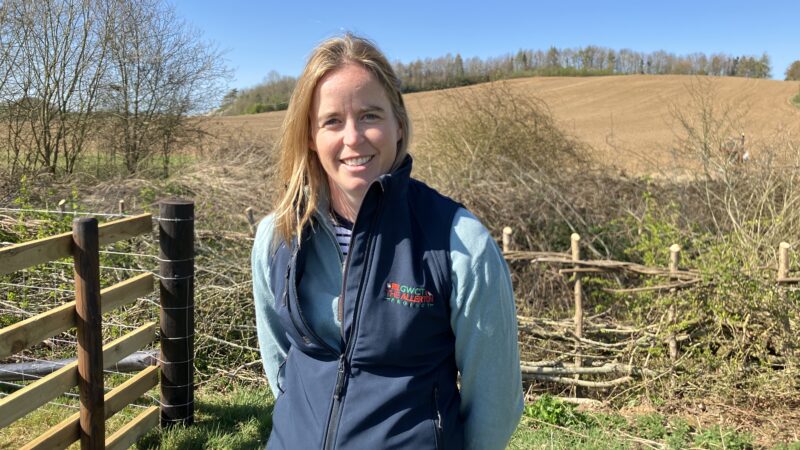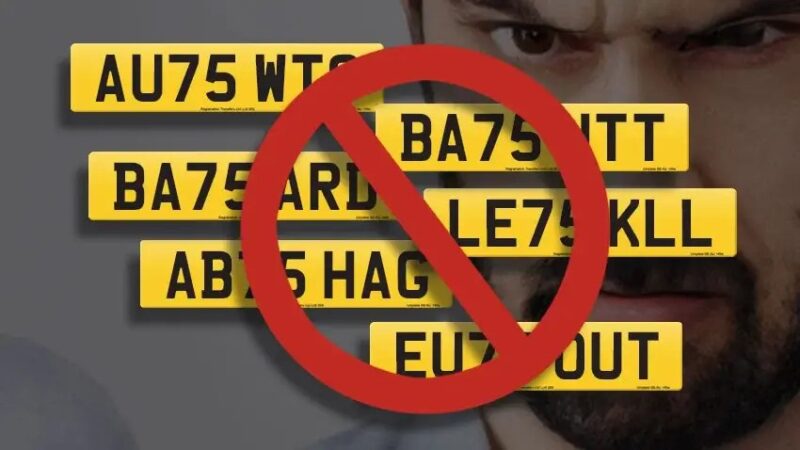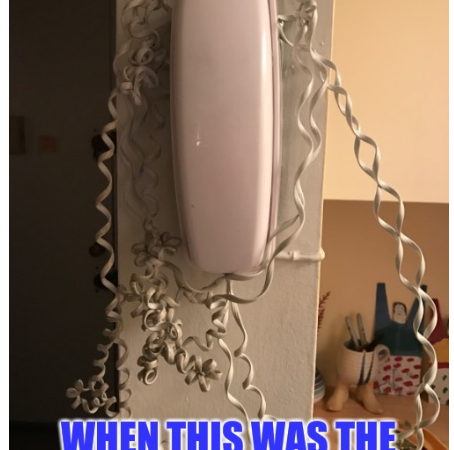Get started on your family tree for your own ‘Who Do You Think You Are?’ reveal

Is your family history a mystery? Research conducted by leading UK family history website Findmypast has revealed a national family history knowledge gap, with only 10% of Brits know any general information about their ancestors beyond their grandparents’ generation, including names, addresses or what job they did. Nearly half (47%) have never even seen a photo of them.
With celebrity revelations of hit genealogy programmes like the BBC’s “Who Do You Think You Are?” and Channel 4’s “My Grandparents’ War” showing a growing trend and providing inspiration for many to trace their roots, the research reveals that people are struggling to know where to start. Around 1/3 of people have already started researching their own family history, but nearly half say it’s difficult to start. Few realise that the tools to begin your journey are right at your fingertips, with family revelations ready to be unlocked at the click of a mouse.
Family history websites such as Findmypast provide all the resources needed to trace your roots back to the reign of Henry VIII and beyond, while exploring the lives of your ancestors in vivid detail across billions of records – from historical newspapers to parish registers.
With families coming together for the first ‘normal’ Christmas after years of restrictions, it’s the perfect time to gather the information you need to get started on a journey that will bring generations closer together.
Jen Baldwin, Research Specialist at Findmypast, said:
“We’re seeing a growing general trend around family history and awareness of the amazing stories that can be revealed through research into the past. Family history is about exploring and understanding your own identity, as well as building connections with those around you. With Christmas being a moment when families come together to do just that, it’s the perfect opportunity to explore those old family myths and legends, pool generations of knowledge and confirm the facts, and get started on a fascinating and rewarding pursuit that’s totally unique to you.”
To help budding researchers, Findmypast has created a handy seven step guide to getting started online.
FINDING YOUR PAST: HOW TO DISCOVER ANCESTORS ONLINE
The celebrities appearing on “Who Do You Think You Are?” may seem incredibly lucky to have their family stories revealed, but most people don’t realise that almost anyone can now access the historical records used by show’s experts.
Before digitised records became available online, family history researchers would have to pursue records in person, in archives and record offices across the country. Now, with a wide variety of websites, apps, and other resources, your ancestors are just a few mouse clicks away.
1. Getting started
First things first, sit down and make a note of everything you already know, focusing on names, dates and locations. This will form the basis of your initial research.
Talk to your relatives about their memories and what they know about the family. Findmypast’s research showed that nearly two thirds (64%) admitted they regret not asking their older family members more about their lives, especially about what their childhood was like (46%) and if they lived through any famous historic moments (37%). 53% also stated that they wish that they had taken the time to record their ancestors’ life stories before they passed away.
Every detail can help, no matter how trivial. Ask older family members first as they’re more likely to have encountered some of the people you’re researching, or to have heard stories about them.
Search the attic. Check old photographs, letters or documents and other heirlooms for clues to the past.
2. Search online
The billions of records now available online contain a wealth of information for building out your family tree, with records covering countries and people across the globe.
When searching for ancestors, it’s always best to start off broad by searching for a name and year of birth. Once you have a better idea of what and who you are looking for, you can narrow things down from there.
3. Build a family tree
The best place to store your discoveries is in an online family tree. Many online tree builders, including Findmypast’s, are free, easy to use, and jam-packed with useful features.
Helpful ‘hints’ automatically match the names, dates and locations you have logged for each ancestor to potentially relevant records, speeding up your research and improving the accuracy of your tree.
Trees also allow you to connect with others. Features such as Findmypast’s Tree Search allow you to search other members’ trees to find ancestors in common, as well as merging these into your own tree to quickly progress your research.
4. Birth, Marriage, Death and Parish Records: The essential building blocks
Birth, Marriage and Death records
Civil registration in England & Wales began in July 1837 and the General Register Office (GRO) has recorded the details of all births, marriages and deaths ever since. Their meticulously kept records are widely available online and will provide you with all the information you need to identify ancestors and uncover previous generations.
They can reveal:
● Where and when your ancestors were born, married or died
● The names of your ancestor’s parents
● The name of your ancestor’s spouse
● The names of your ancestor’s children
These records will also provide you with the details you need to order copies of original certificates from the GRO website. Certificates will provide you with even more detail to aid you in your hunt.
Parish Records
Between 1538, when Britain split from the Catholic Church, and 1837 when the responsibility for keeping records was taken on by the government, the chief source of records of daily life are parish records.
Parish records provide a fascinating look not just at your family history, but also at the history of our society, with details of baptisms, marriages and burials dating all the way back to the reign of Henry VIII.
Millions of parish records from all corners of the country now can be explored with ease as more and more county councils digitise their archives making them available online.
5. Become a census detective
Now easily accessible on many websites, Censuses have been taken in Britain every decade since 1801 (barring 1941, when war prevented it). Due to data protection laws, the information contained within Censuses are only made publicly available after 100 years. You can find complete Censuses for England and Wales online from 1841 up to 1921.
Censuses can provide a wealth of information about your ancestor; they are a snapshot in time of a household on one particular night. You will often find information for entire family units in one record. This will include;
● names
● ages
● addresses
● places of birth
● occupations
● Relationship to the head of the household
● ‘Infirmities’
● and much more
The amount of information contained and the regular nature of these documents make them one of the best tools at your disposal for jumping back through the generations. Use the details you find in 1921 to jump back and search for your family in 1911. After repeating this process going back decade by decade, you should find yourselves in the 1840s in no time!






